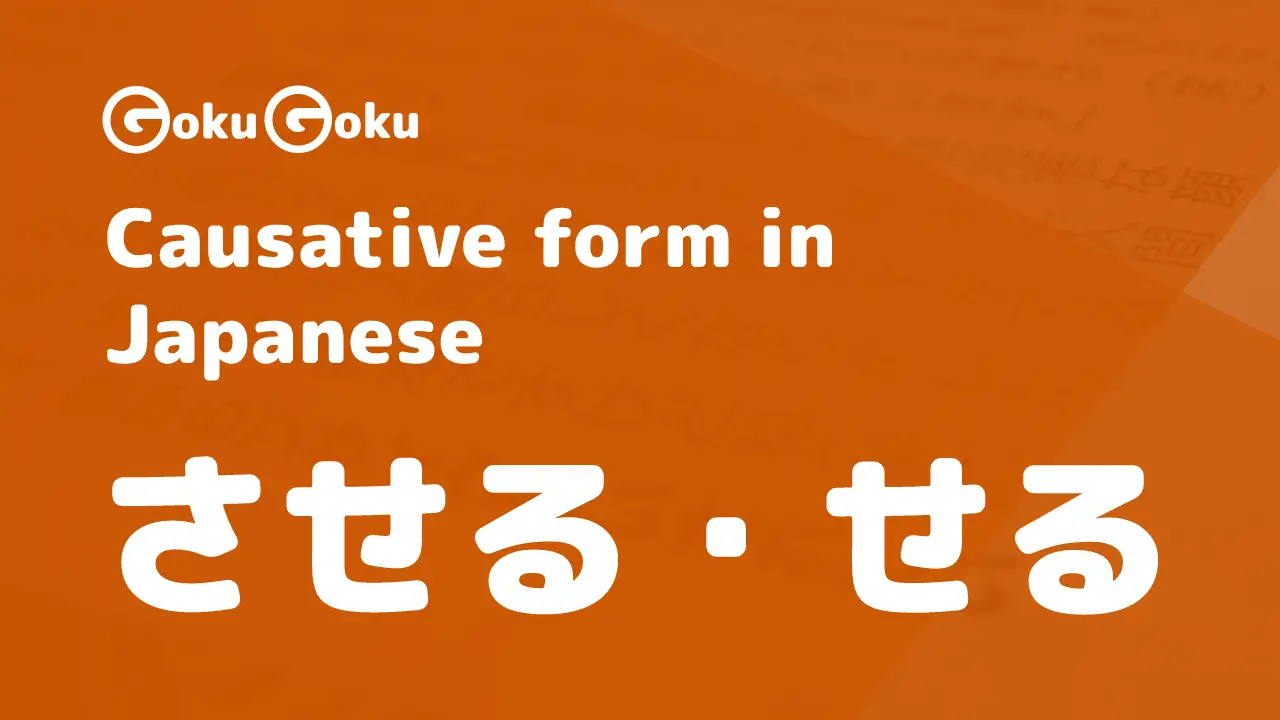皆さん、こんにちは!
Welcome back!
Today, let's see together how to read Japanese food labels 食品表示ラベル, how to recognise the terms indicating the ingredients and the nutritional values, improving our vocabulary.
食品ラベルの見方: How to read food labels
In this post, I would like to look at terms and expressions in the field of food 食料 and nutrition 栄養 through pictures of some Japanese food labels.
The general points we will go through:
- 栄養成分 the
nutritional values - 原材料名 the
ingredients - 賞味期限 the
expiration date
I will also mention foods from natural farming 自然栽培.
栄養成分ラベル: Nutritional Values
Let's take a look at the food labels of some products you can find in コンビニ the convenience stores, small Japanese supermarkets.

カップヌードル

The values in the package are standard 標準 as you can read and refer (当たり) to 77 grams of content, food (食).
In this package of カップラーメン we find:
- エネルギー: 353 kcal as
energy value; the Japanese term is 熱量,calories - 蛋白質 can also be written タンパク質 or たん白質: the
proteins
The kanji 質 is part of terms indicating the nutritional values of food and means quality, nature, value.
- 脂質 refers to the
fat - the
carbohydratesare 炭水化物
Separating the various Kanji we find: 炭 carbon, 水 water, 化 indicates the process and 物 is the thing, the object, the matter.
酸化 is the oxidative process, the oxidation; 液化 the liquefaction
Among the values in the カップヌードル, we find a number of terms in Katakana, as they are taken from foreign languages.
- ナトリウム
sodiumfrom the Latin ラテン語natrium - ビタミン the various types of
vitamins - カルシウム
calcium
Foods can be 生鮮食品 fresh or 加工食品 processed.
抹茶 Matcha Tea
It is one of the best-known types of Japanese tea and with which sweets and desserts of various kinds such as 抹茶のケーキ the matcha cake and 抹茶のアイスクリーム the matcha ice cream are made.

At the bottom of the packet you can see the values we reported for the カップラーメン to which we add:
- 食塩相当量:
salt equivalent; 食塩 is thetable salt
大豆: Soy
Soy is essential in Japanese cuisine 和食 and through its fermented paste 醤油 the popular 調味料 seasoning is produced.

原材料名: Ingredients
The word for ingredient is 材料; the kanji preceding it 原 means meadow, prairie, wild nature and together 原材料 becomes raw material, ingredient.
名 is the Kanji indicating the name, the title.
チョコレートタルト: Chocolate Tart
This tasty dessert is not usually sold in コンビニ, but in お菓子専門店 a pastry shop.

原材料名 are the ingredients we find in the tart:
The sugar present in many foods is 砂糖.
- 小麦粉
flour - 卵
egg - 食塩
salt - 無塩バター
unsalted butter
As 増粘剤 addensant was used 加工デンプン the synthetic starch.
- 乳化剤 the
emulsifier剤 is a Kanji that we will find in various terms when talking about food and also in the pharmacological field: it means dose, medicine. - 香料 is the
flavorin the tart - カロチン色素 the
colouringcarotene
And the warnings cannot be missed:
この製品はそば、落花生を使用した設備で製造しています。
This product is manufactured in facilities where buckwheat and peanuts are used.
一部に小麦、卵、乳成分、アーモンド、大豆を含む。
It contains some wheat, egg, milk, almonds and soy.
賞味期限: the Expiration Date of a product
The terms to be remembered are 2:
- 賞味:
relish,appreciation, the concept of eating with relish, appreciating the taste - 期限: is the
time limit

In the product picture, below the expiration date we find the word 開封前 which we can explain through a definition:
食品の期限表示は、開封前の期限です。
The expiration date on food is the expiration date before opening.
開封する is the verb indicating the unboxing a product or opening a letter.
自然食品: Natural Foods
Let's have a look at some terms if we want to buy natural, organic food, grown without the use of pesticides.

[化学肥料:栽培期間中不使用]
Chemical fertilisers: not used during cultivation
- 化学肥料 is the term for
chemical fertiliserand the term 不使用 indicates that it has not been used.

If we look for organically grown vegetables the terms we use are:
- 無農薬: without (無) pesticides (農薬)
- 有機栽培: from
organic farming
The Adjective in な 有機な indicates the organic, biological element.
Here is a task for you to read and memorize new terms: in the picture we find a chocolate bar and on the label the various ingredients.

Feel free to send us by mail the reading in Hiragana of the kanji and the translation of the terms.
また次回会いましょう!







